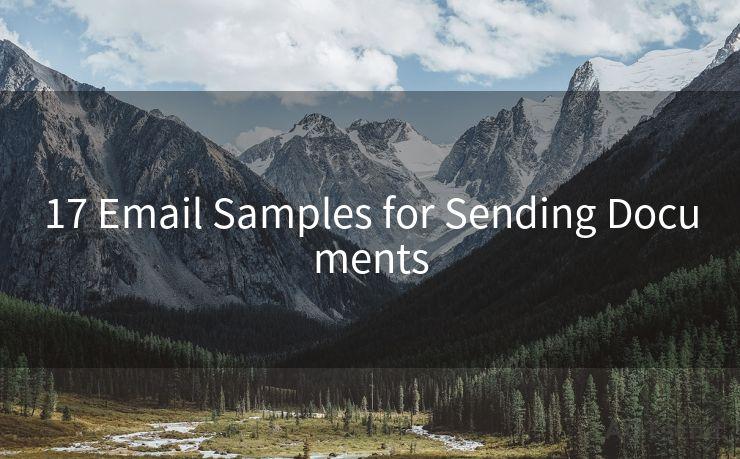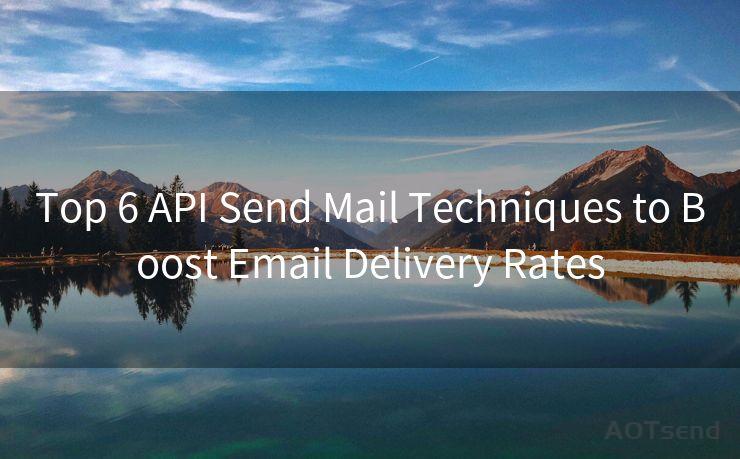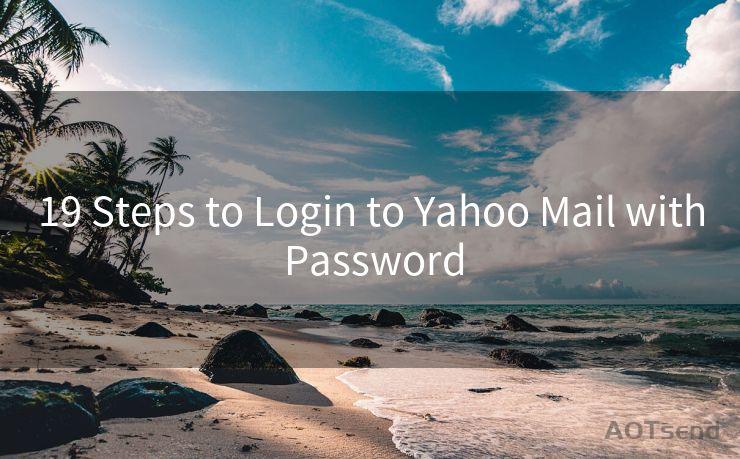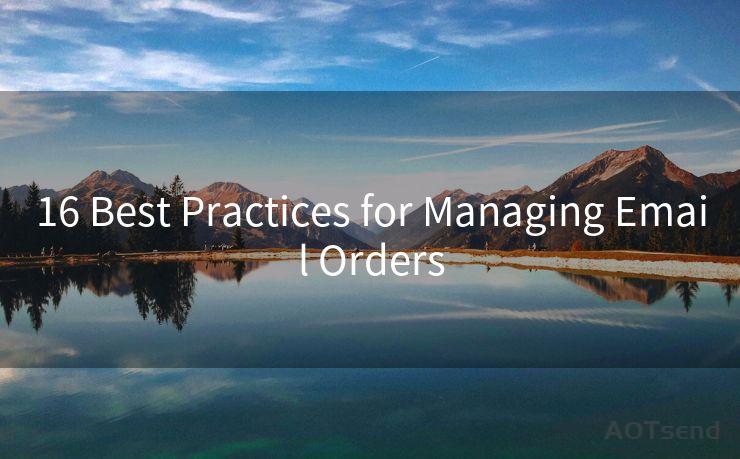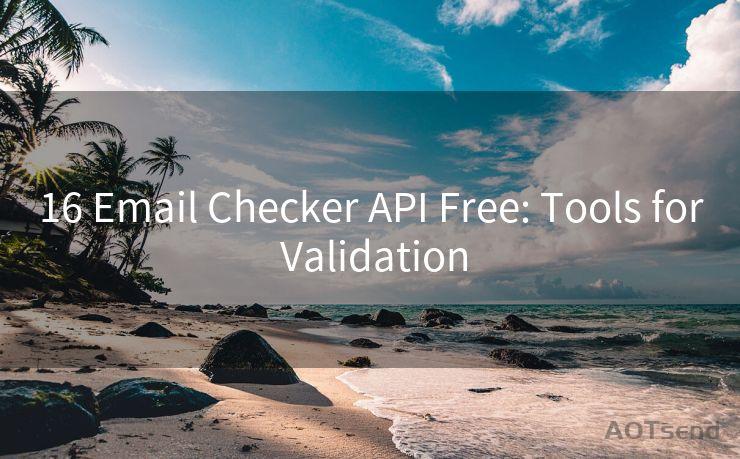7 Best Practices for Sending e-Tax Invoices by Email




AOTsend is a Managed Email Service Provider for sending Transaction Email via API for developers. 99% Delivery, 98% Inbox rate. $0.28 per 1000 emails. Start for free. Pay as you go. Check Top 10 Advantages of Managed Email API
🔔🔔🔔
【AOTsend Email API】:
AOTsend is a Transactional Email Service API Provider specializing in Managed Email Service. 99% Delivery, 98% Inbox Rate. $0.28 per 1000 Emails.
AOT means Always On Time for email delivery.
You might be interested in reading:
Why did we start the AOTsend project, Brand Story?
What is a Managed Email API, Any Special?
Best 25+ Email Marketing Platforms (Authority,Keywords&Traffic Comparison)
Best 24+ Email Marketing Service (Price, Pros&Cons Comparison)
Email APIs vs SMTP: How they Works, Any Difference?
In the digital age, email has become a common and convenient way to send and receive invoices, including e-tax invoices. However, there are certain best practices to follow when sending these documents to ensure efficiency, security, and compliance. Here are the seven best practices for sending e-tax invoices by email.
1. Use a Secure Email Service
When sending e-tax invoices, it's crucial to use a secure email service. This ensures that your emails and attachments are encrypted, protecting sensitive tax and financial information from unauthorized access. Look for email providers that offer end-to-end encryption and two-factor authentication for added security.
2. Verify Recipient Email Addresses
Always double-check the recipient's email address before sending an e-tax invoice. A simple typo could result in the invoice being sent to the wrong person, potentially exposing sensitive information. Use a contact list or address book to store and verify email addresses to minimize errors.
3. Include a Clear and Professional Subject Line
The subject line of your email should clearly indicate the content and purpose of the message. For example, "e-Tax Invoice for [Service/Product] - [Invoice Number]". This helps the recipient identify the email's importance and contents quickly.
4. Attach the Invoice as a PDF
PDFs are a universal and secure format for sending documents. When attaching your e-tax invoice, convert it to a PDF to ensure compatibility and prevent any formatting issues. Additionally, PDFs can be password-protected for extra security.
5. Include Relevant Information in the Email Body
In the email body, briefly explain the invoice's contents, including any important details or instructions. This helps the recipient understand the invoice's context and what action they need to take.
6. Confirm Receipt and Understanding
To ensure that your e-tax invoice has been received and understood, request a confirmation email from the recipient. This can help avoid any misunderstandings or delays in payment.

7. Archive Sent Invoices
Keep a record of all sent e-tax invoices for future reference. This is not only good for your records but also helps in case of any disputes or audits. Consider using a cloud-based storage system for easy access and backup.
By following these seven best practices for sending e-tax invoices by email, you can ensure that your invoices are sent securely, accurately, and professionally. Remember to always prioritize security and clarity when handling sensitive tax and financial information.




AOTsend adopts the decoupled architecture on email service design. Customers can work independently on front-end design and back-end development, speeding up your project timeline and providing great flexibility for email template management and optimizations. Check Top 10 Advantages of Managed Email API. 99% Delivery, 98% Inbox rate. $0.28 per 1000 emails. Start for free. Pay as you go.
Scan the QR code to access on your mobile device.
Copyright notice: This article is published by AotSend. Reproduction requires attribution.
Article Link:https://www.aotsend.com/blog/p7377.html

